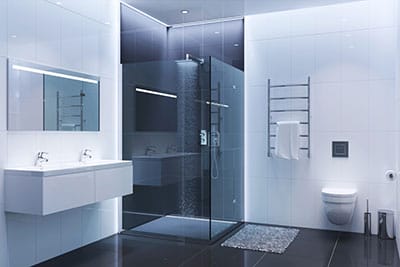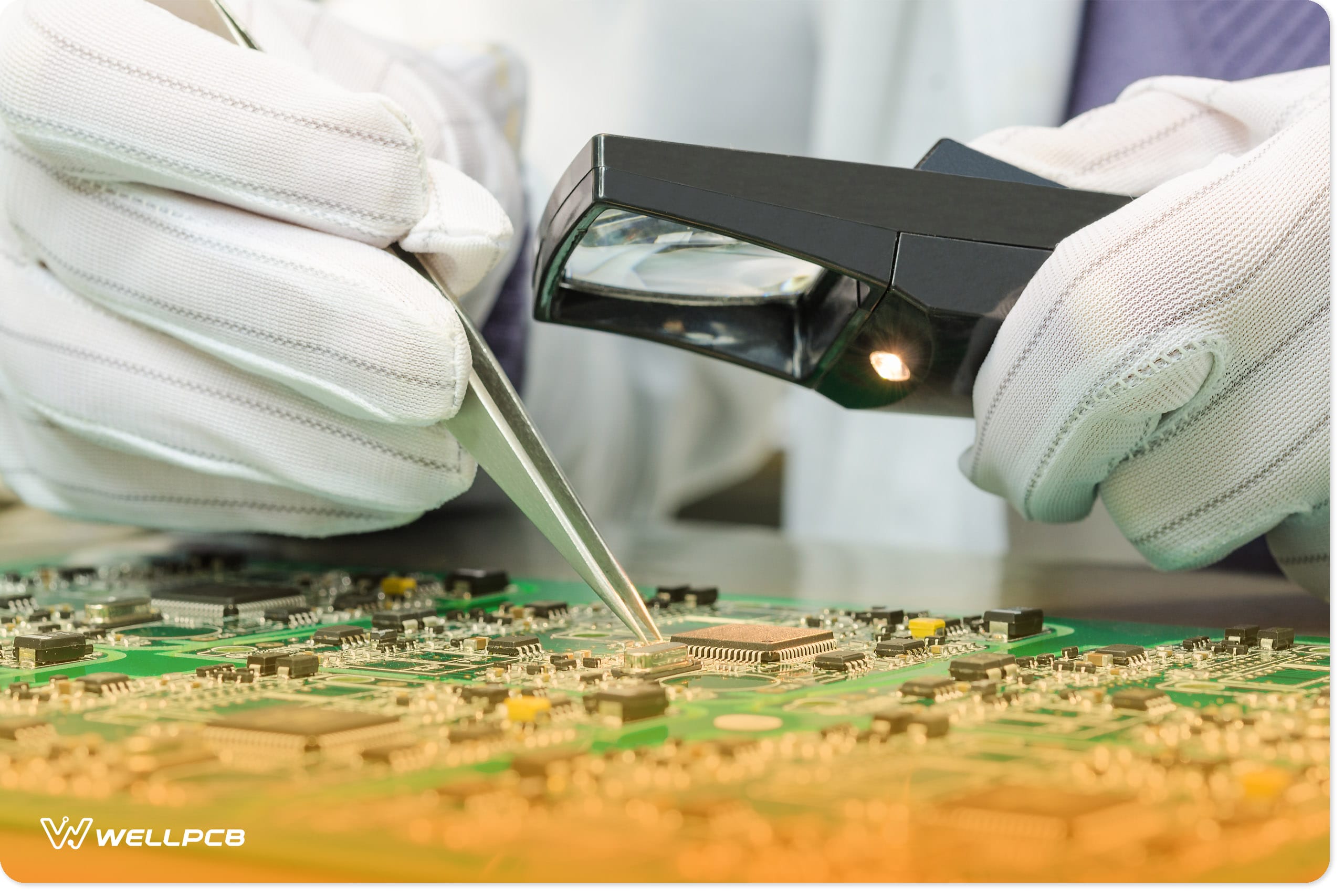Contents
IP20 Rating Meaning
Defined by international standard IEC 60529, an IP rating allows you to decide on the best equipment to use in your application.
The Ingress Protection (IP) number is a two-digit number indicating the degree of protection. The first number is between zero and eight for solid objects. The second number indicates moisture protection and is between zero and six. The table below summarizes the available options.
For example, IP20 protection will resist all objects’ intrusion with a diameter greater than 12.5mm (defined by the number 2). However, it will offer no protection against moisture (as defined by the zero). In contrast, an IP24-rated device will resist all objects’ intrusion with a diameter greater than 12.5mm and protect against water splashing from any angle.
IP Rating Table
We summarize the IP rating system in the following table.
IP20 vs. IP65
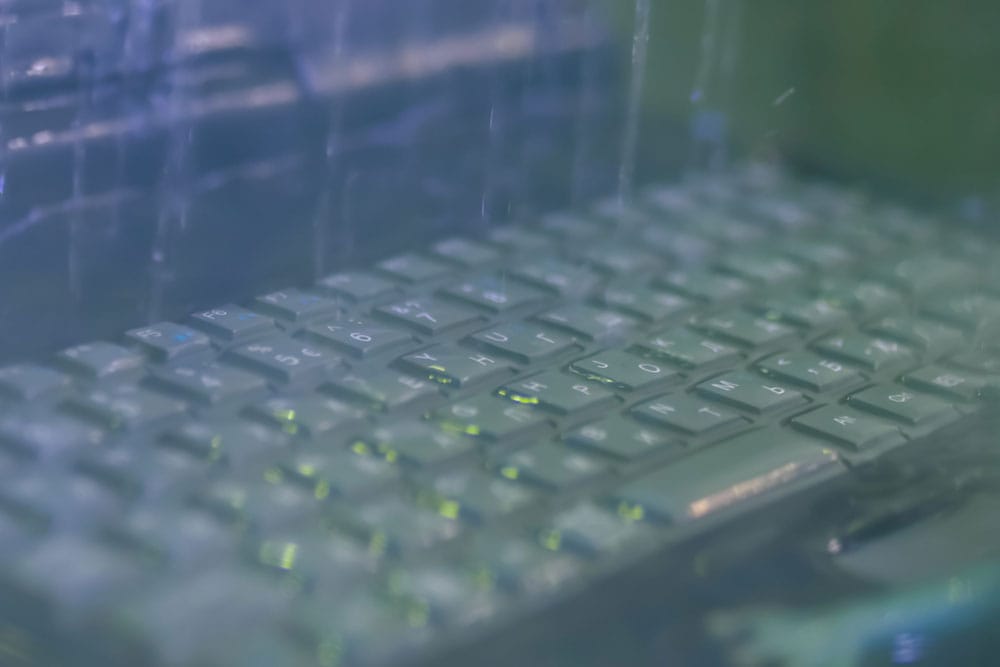
The table (above) shows you should not install IP20-rated devices in applications with high levels of dust, dirt, or moisture. Instead, use them in indoor, domestic type applications where performance and low cost are the prime concern.
The opposite is true of IP65 components. These are dust-tight and will resist high levels of moisture. But this level of performance comes at a cost. Hence, you would not use this rating of component where a lower grading of component (such as an IP20 rating) will suffice.
Let’s use LED strip lights as an example application. In the living room, select IP20-rated strip lighting for mood lighting. In contrast, choose IP65-rated strip lighting for the soft blue lighting around your bathroom shower cubicle. You could even use IP65 strip lighting outdoors.
What is the Difference Between IP20 and IP44?
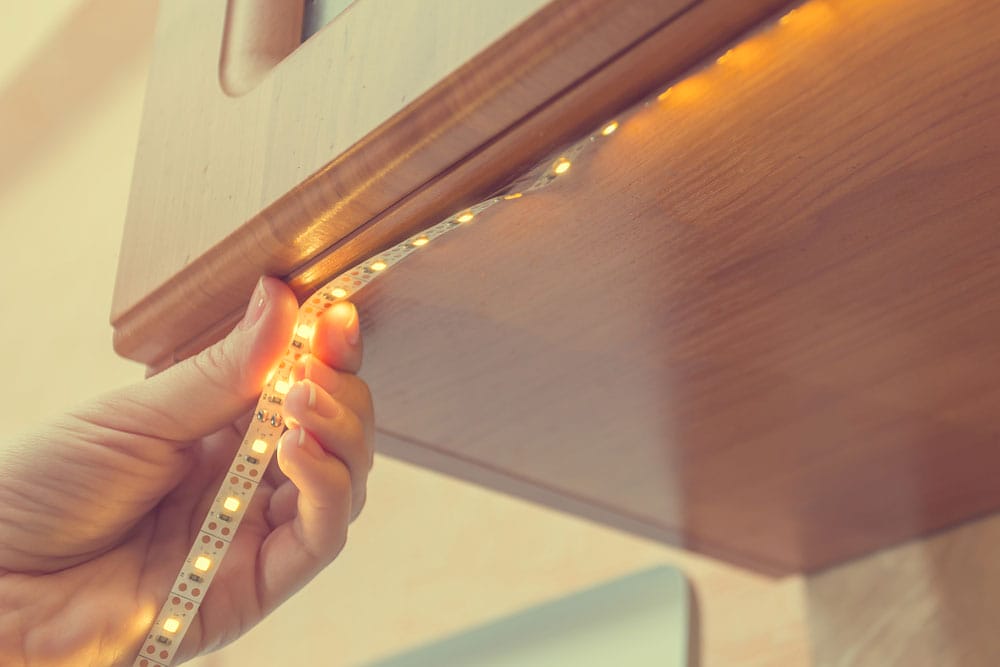
IP20-rated devices provide limited protection against physical damage and no protection against dirt, dust, or moisture. In contrast, an IP44-rated device provides acceptable all-around performance at a reasonable cost.
IP44 devices provide good physical protection and some protection against dust and dirt. They are resistant to water splashes, but you should not immerse them in water.
Return to the example of LED strip lighting applications. You could use IP44-rated components in bathrooms or kitchens but away from direct water flow. You could also use them outdoors in the garden but not in ponds or water features. IP20-rated devices will not survive in these applications.
Where Can You Install IP20 Products?
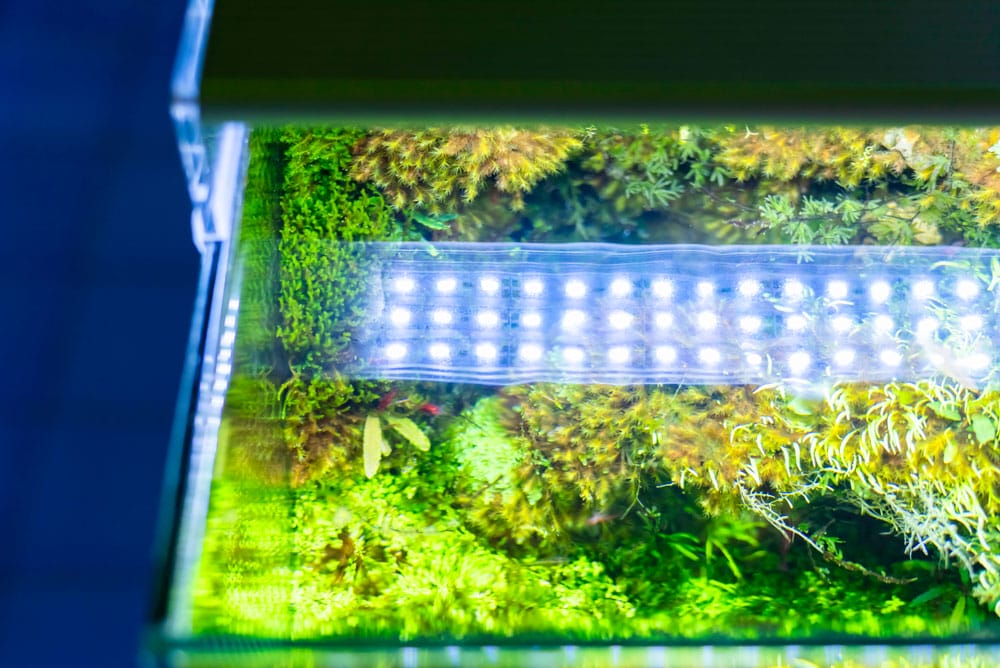
You should install IP20 products away from any sources of moisture. They are only suitable for indoor applications.
It is essential to keep IP20 devices away from dirt or dust and install them in a position where they are unlikely to succumb to mechanical damage. For this reason, the most common applications for IP20-rated devices are domestic premises.
What is IP Waterproof?

Only a device rated level 8 on the water protection scale is entirely waterproof (IP*8). You can permanently immerse these devices in the water. However, there are various degrees of protection. Level 2 will protect against water drops, level 4 against splashes, and level 6 against water jets.
Conclusion
To ensure reliable long-term operation it is important to choose the right equipment for the application. The IP rating system allows you to make an informed choice. If you need any help selecting an electrical device for your application, please get in touch.
